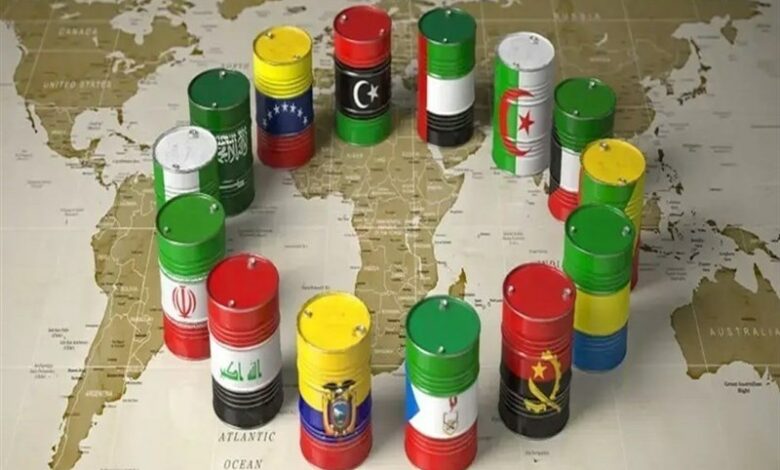Iran’s oil production increased more than all OPEC members

Oil-producing Countries Organization Exported 26.6 Million barrels Per Day in the Past Month
According to a report by the international economics section of Webangah news Agency, citing Reuters, OPEC’s oil production in April increased despite production cuts by some members. This group has seen a decline, which can be attributed to Venezuela’s reduced oil exports due to renewed U.S.efforts to limit this country’s oil flow, as well as declining production in iraq and Libya.
The Organization of Petroleum Exporting Countries (OPEC) produced 26.6 million barrels per day last month, which is 30,000 barrels less than its total output in March. The production cuts by certain producers have offset Iran’s increased oil supply.
The OPEC committee emphasized…Zayandeh’s Share in OPEC+ Oil Production Cuts
The decline in oil prices and the 67-billion-dollar budget deficit of Saudi Arabia have led to this production cut. Despite the start of increased production by the OPEC+ alliance in April, this decision was made. The OPEC+ alliance, which includes russia and its allies, aims to accelerate its production increase in May and June to protect market levels from falling below reserve thresholds.
However, implementing this production increase depends on efforts by Iran and venezuela, which are under U.S. sanctions aimed at limiting their oil exports.
Most of the production cuts among OPEC+ members in April were related to Venezuela. Oil exports from this country have declined following U.S. sanctions imposed on shipments to China’s state-owned company Sinopec.
Iraq, which is committed to its share of production cuts under the OPEC+ agreement, has also reduced its output under pressure. meanwhile, other Gulf producers—including the UAE and Kuwait—have maintained their shares despite these cuts.OPEC+’s higher quotas for April have not seen significant changes.
Iran’s oil exports increased in April, wiht the highest production growth belonging to the country. It truly seems recent U.S. measures have had little impact on its output.


